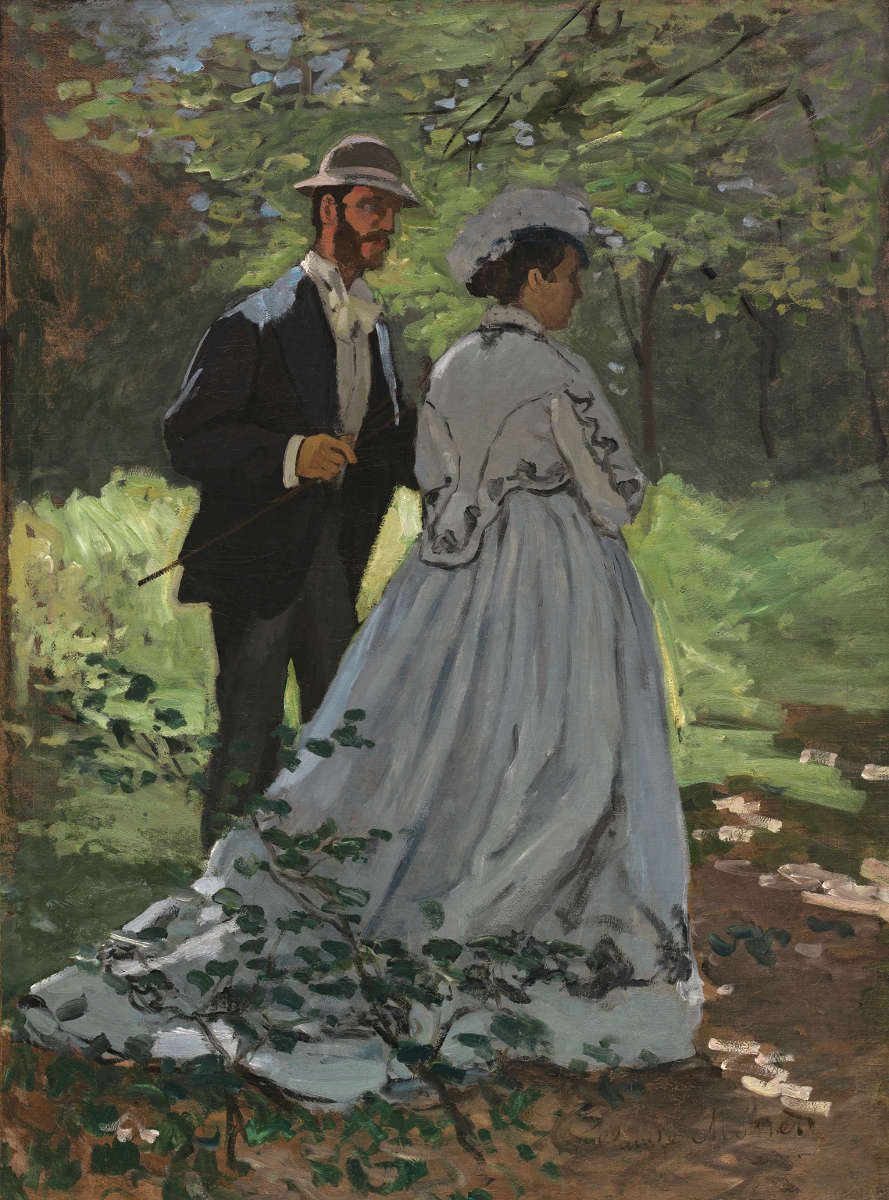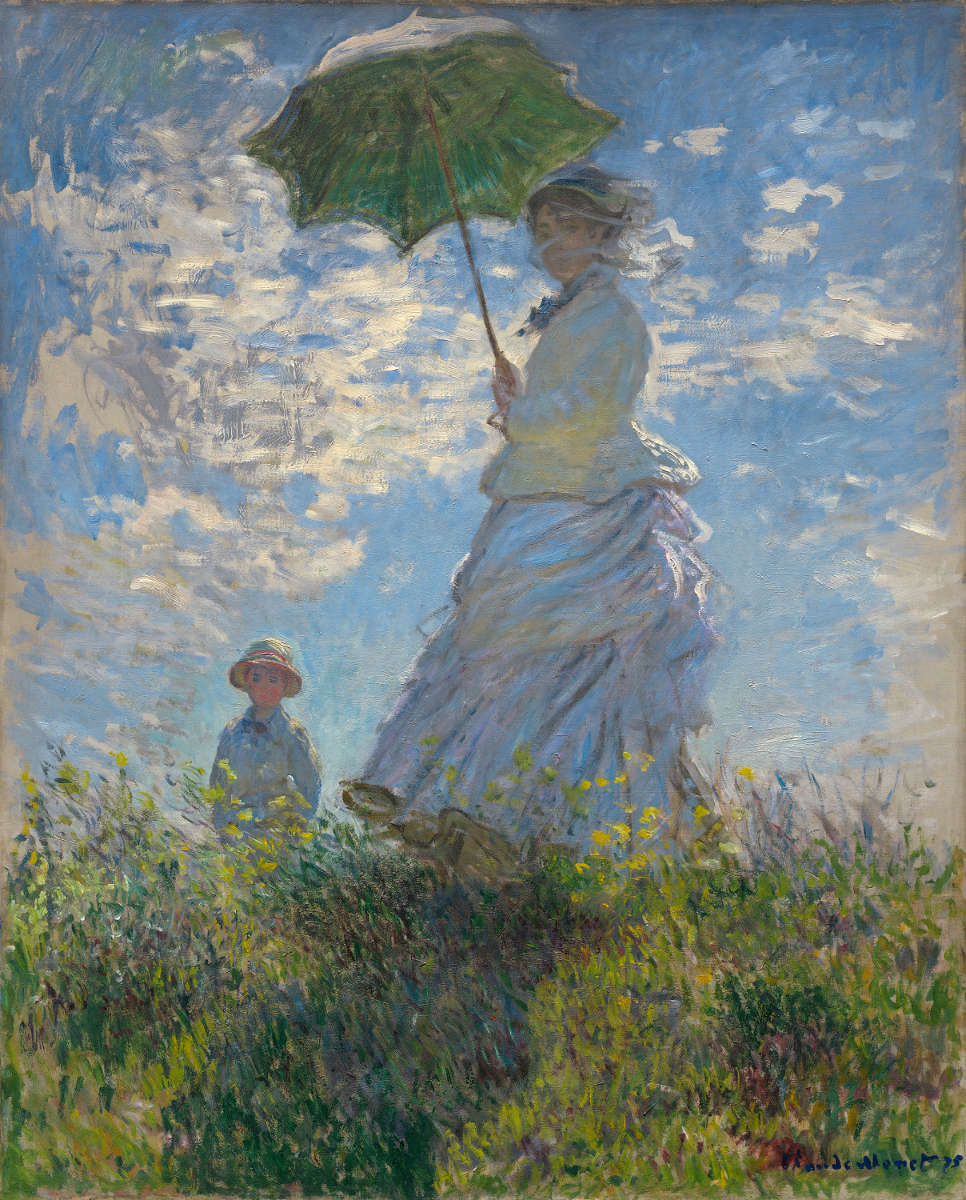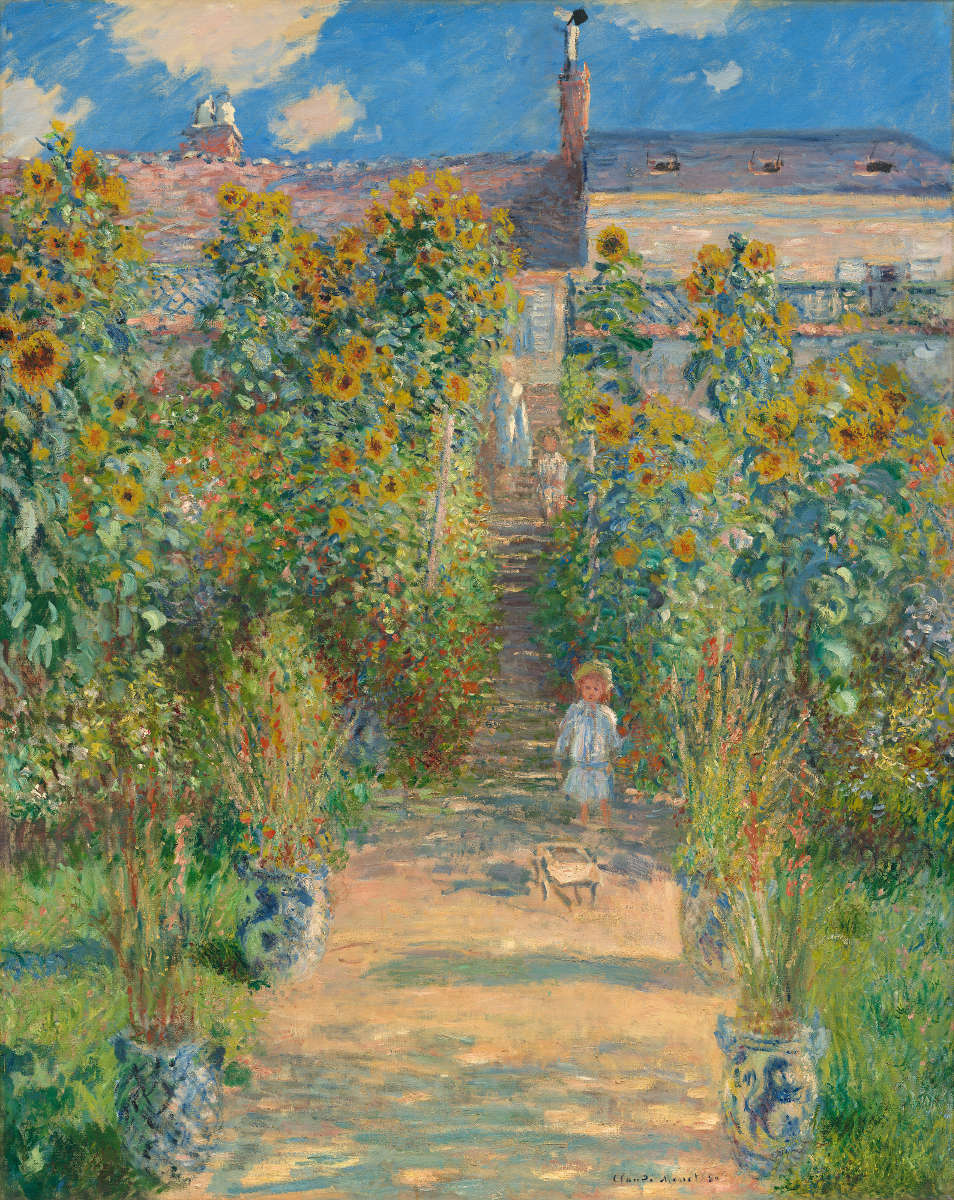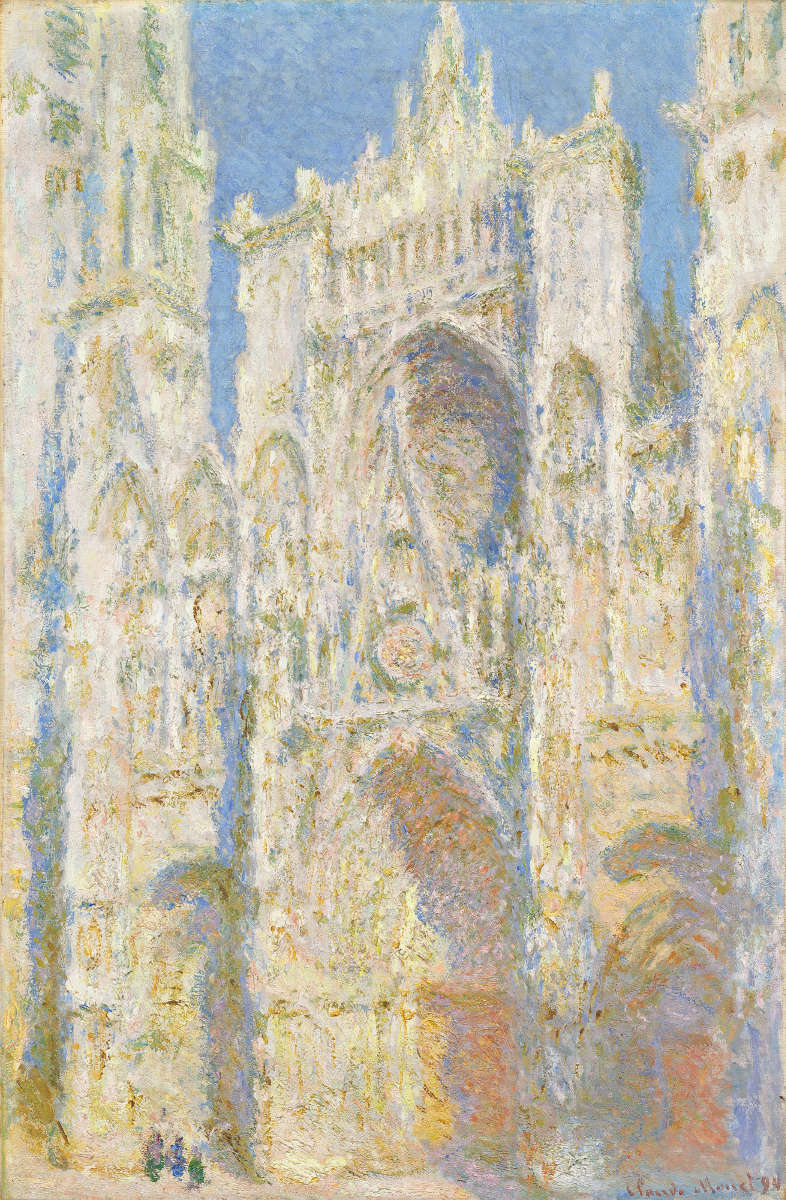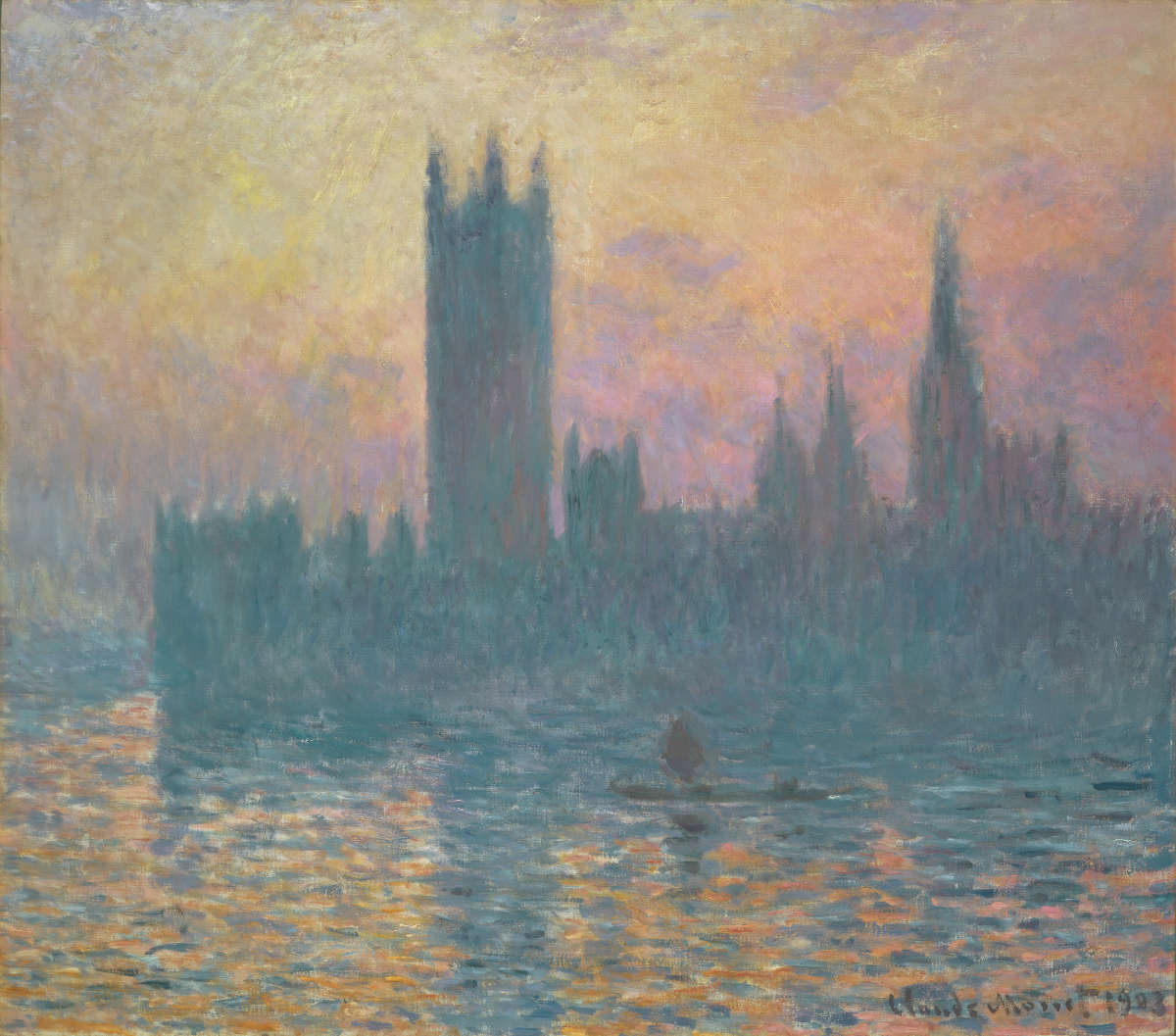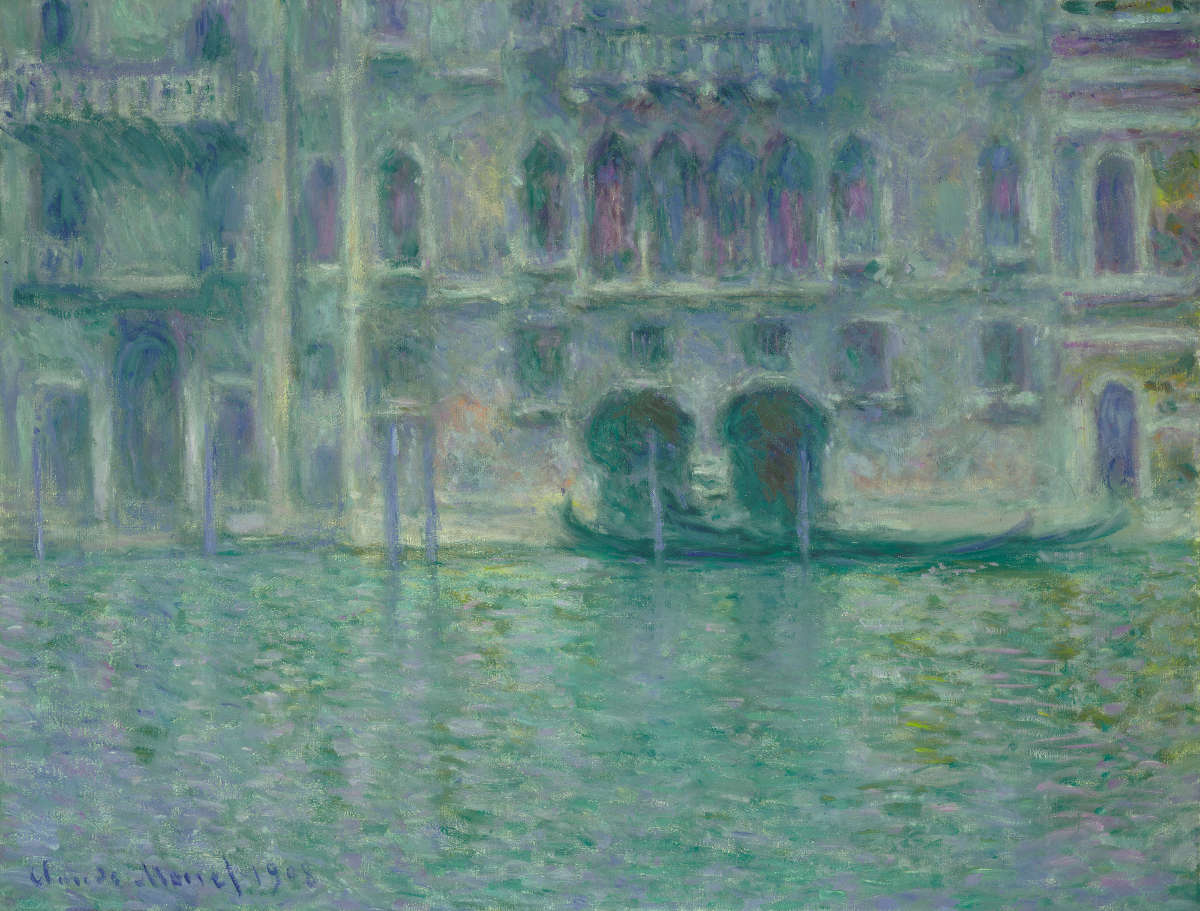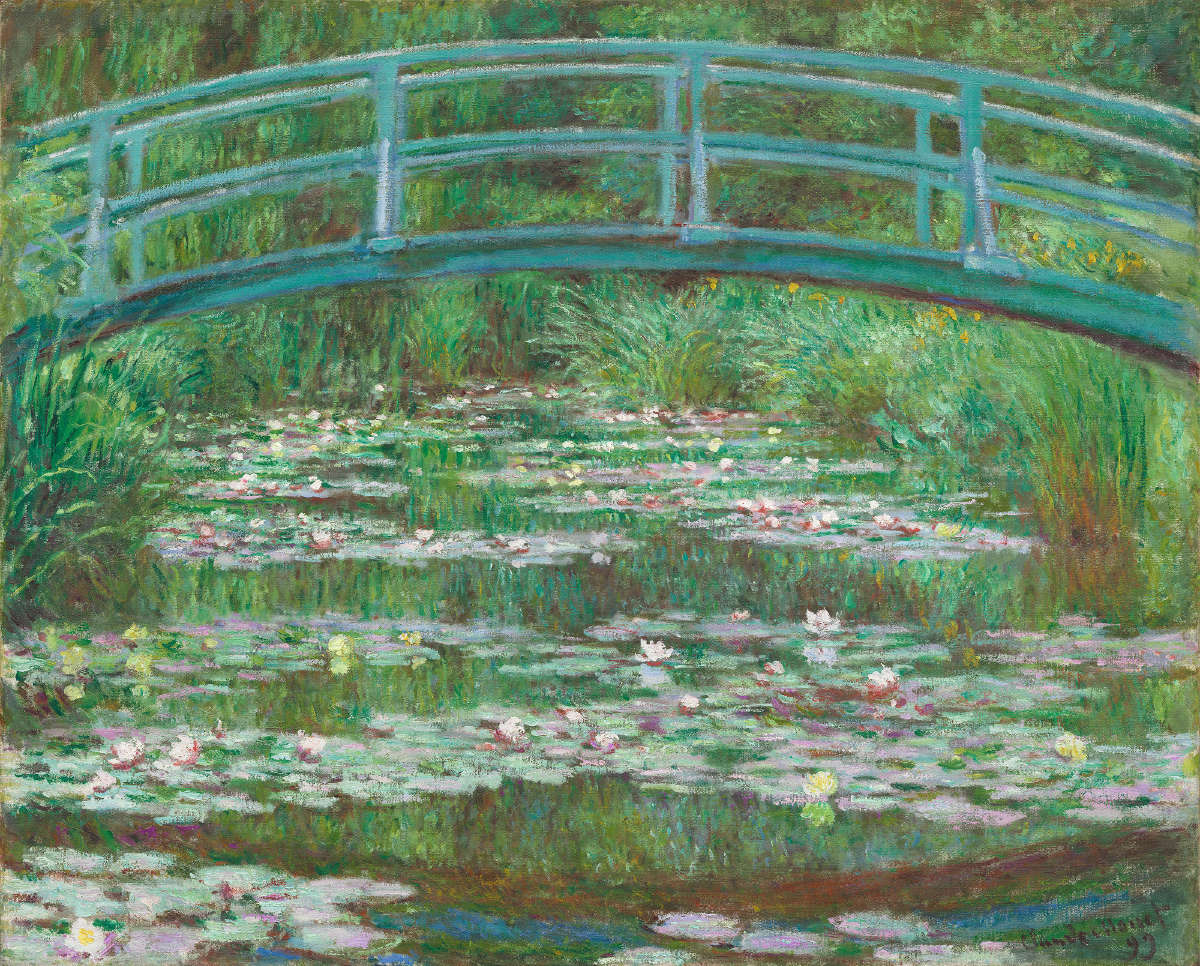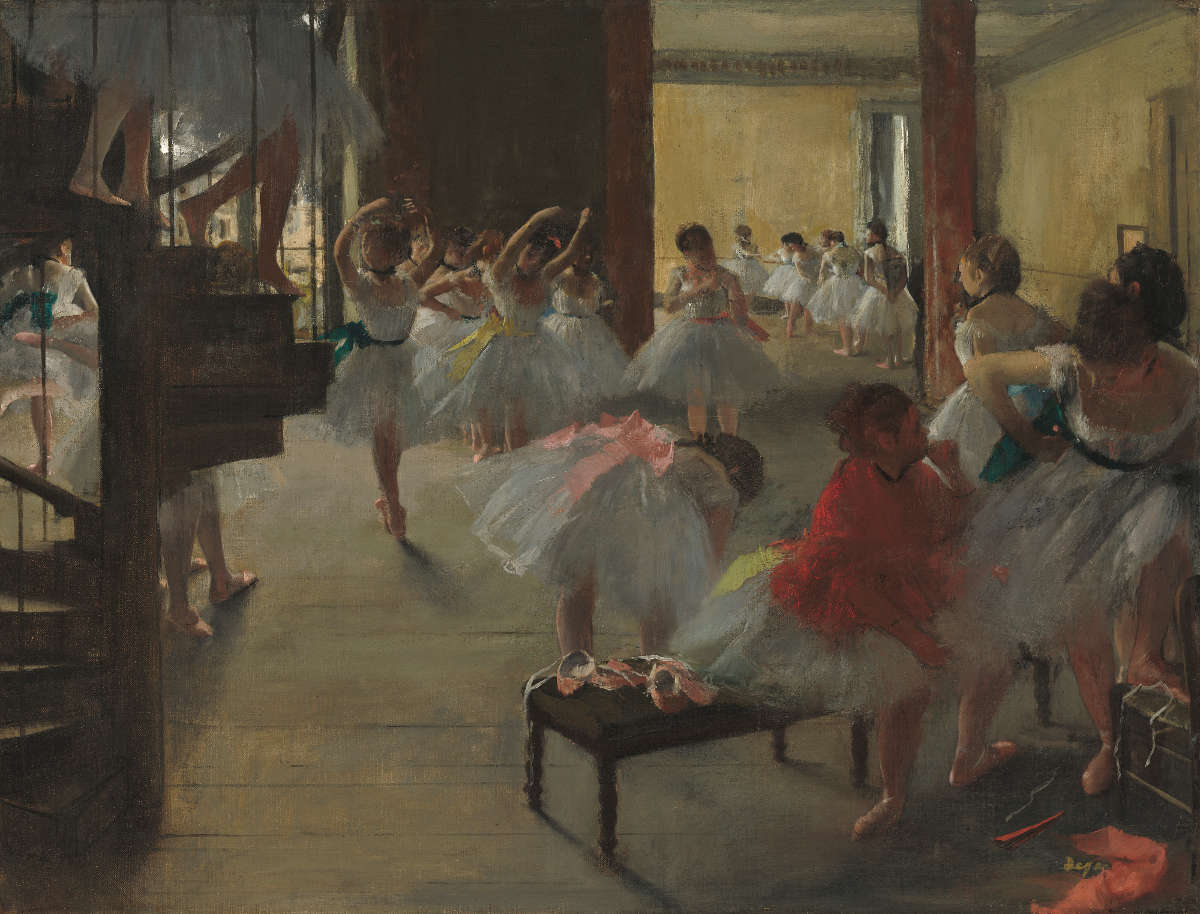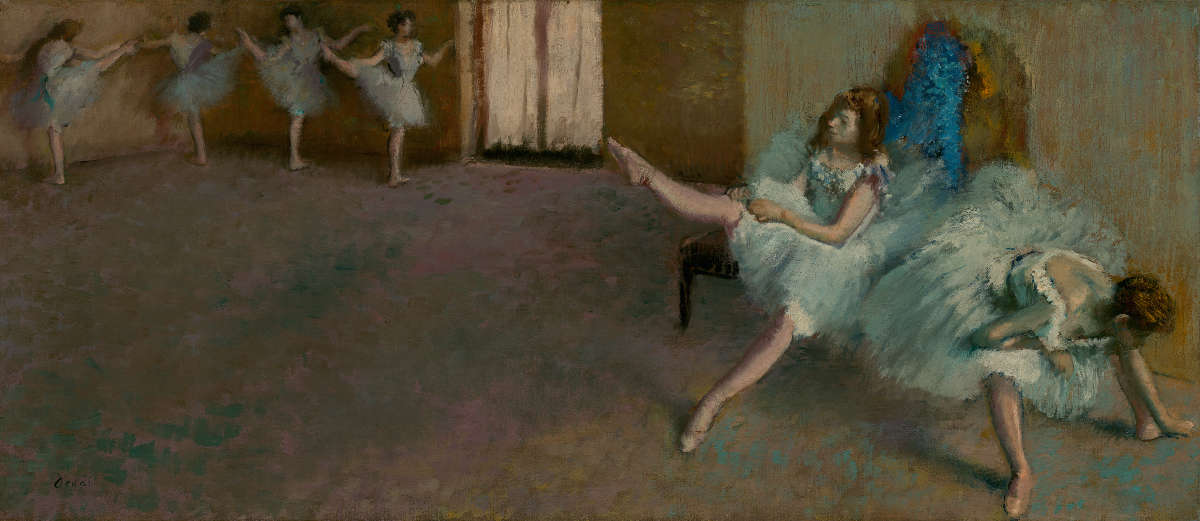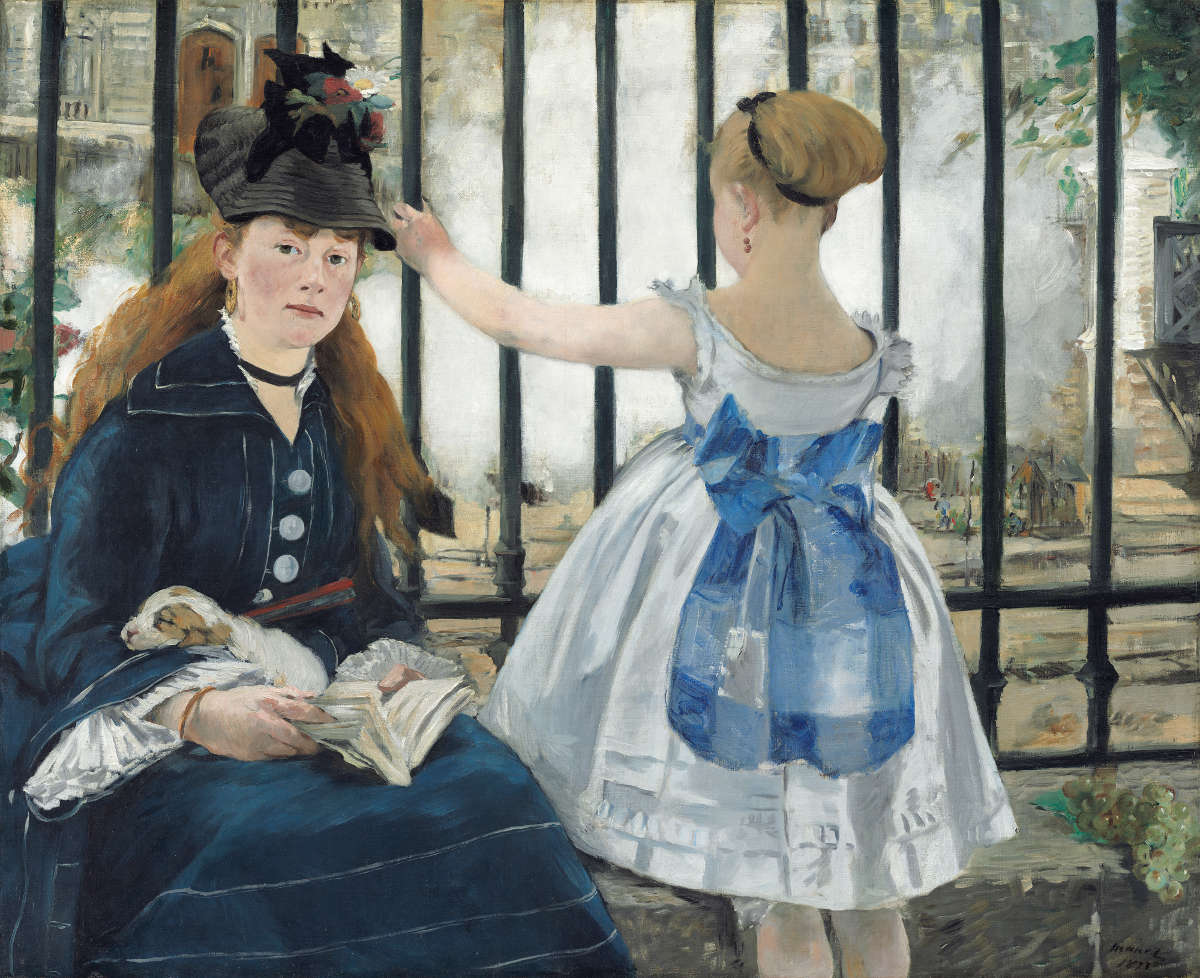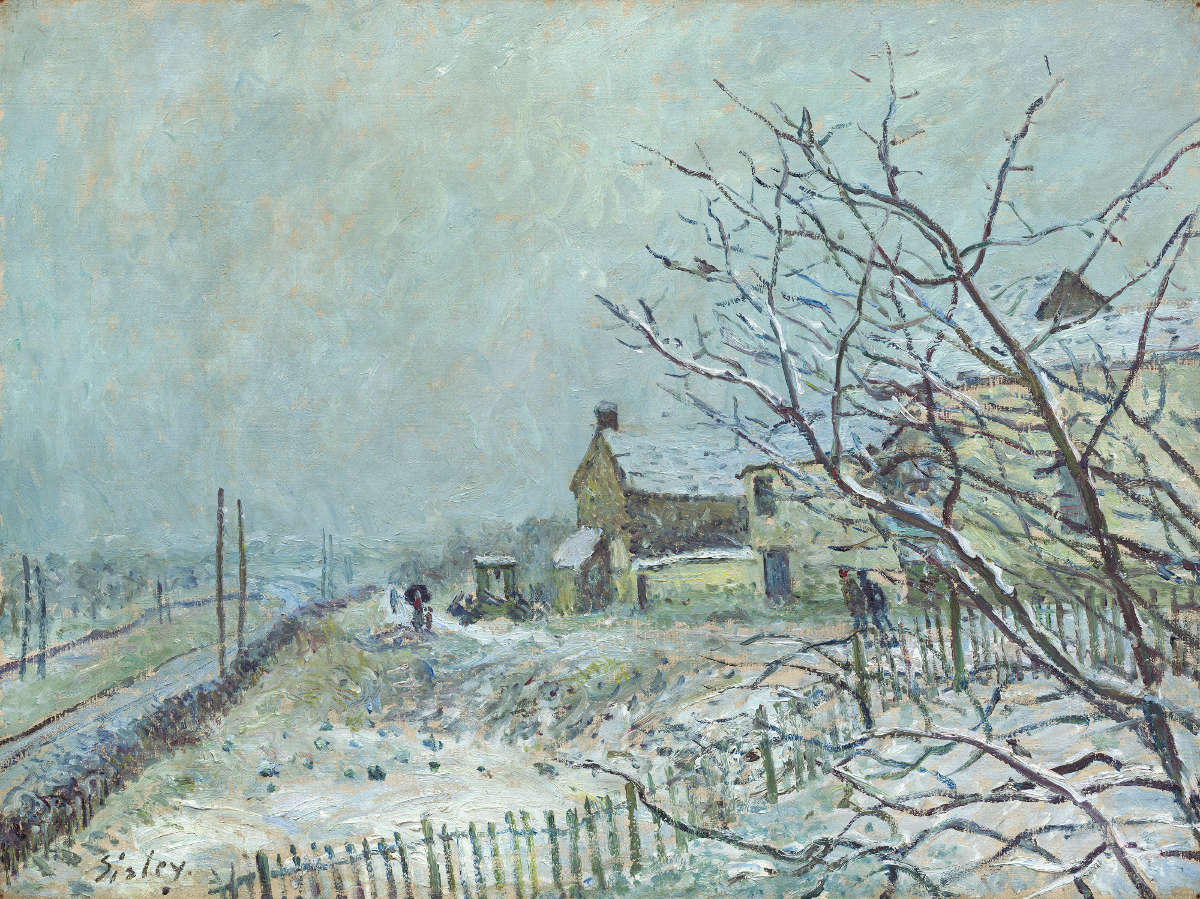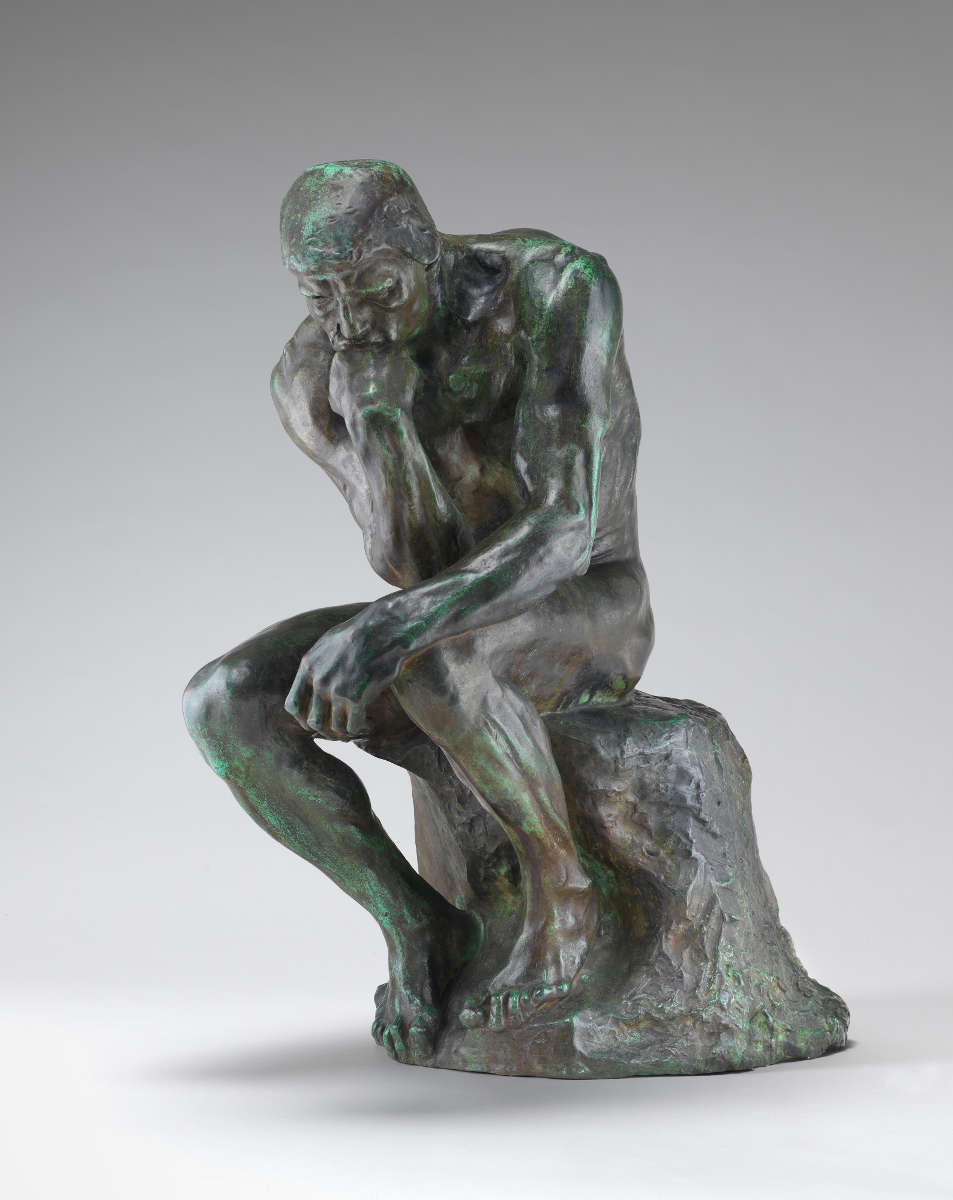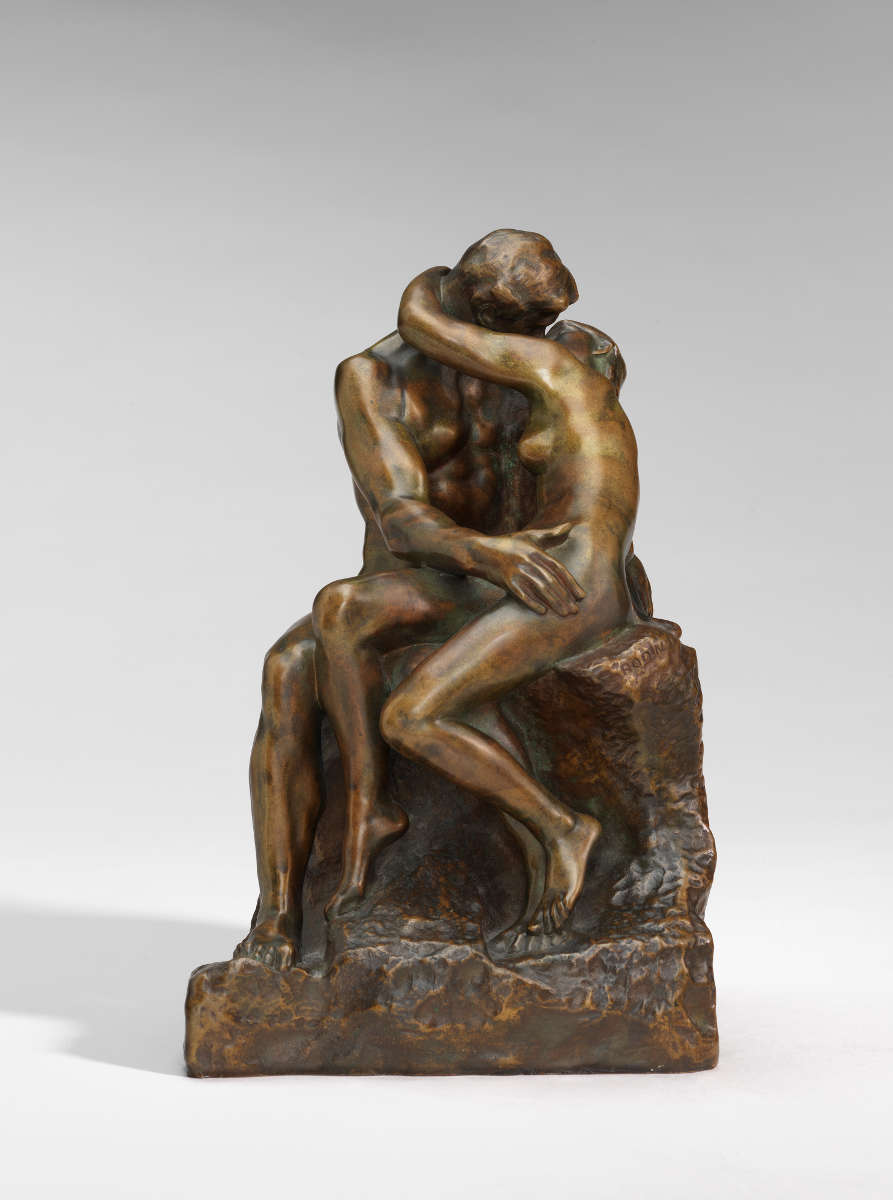You can also listen to this article in the voice of own Plastic Artist Rosângela Vig:

Nothing looks so much like what we call inspiration as the joy with which the child absorbs the shape and color. Dare go further: I affirm that inspiration has anything to do with the congestion and that every thought sublime is accompanied by a nervous shudder, more or less intense, that echoes to the cerebellum. The man of genius has solid nerves, in children they are weak. In that, the right won a considerable place; in this, the sensitivity occupies most of your be. (BAUDELAIRE, 2007, p.19)
The sensitivity that tells us concerning the Baudelaire enthusiasm, own artist's heart, in your transcending emotions. It is as if nature did issue of flaunt their colours and their forms, inducing the artificer to seduction. Ravished, He gets excited and gets lost on everything you see, like a child with rapture to discover the world. The image presents itself crosses the subtle field of imagination and becomes real for your hands, in your poetic way of showing what you see. It is by these lines that the Art talks and that, by the time, has been shown to be fruitful.
And if the weather has brought forth good fruit, was on modernity Art opened its doors to the creative spirit. The end of the 19th century was witness to many of these innovations and new features that were pointed out and then would become part of the aesthetic that remained until the mid-20th century.
During this period, the world witnessed the emergence of machinery and large-scale production 1. The invention of the cinematograph, at the end of the 19th century, by the brothers Lumiere, would that the images could be seen on the move, giving birth to the seventh art 2, the cinema. New technologies allow it even if the human fly, in the early XX century. And there is no doubt that the invention of photography, by Frenchman Joseph Nicéphore Niépce (1765-1833), in 1826, was of great value to the modern painting widen in meaning and in forms. While the reality would be the task of the photograph, the art could get close to the world of ideas, autonomously.
Painting
Everything looks wonderful right now and the light is stunning. (MONET in HOLMES, 2001, p. 100)
On aesthetics, Paris was the birthplace of innovative trends of the 20th century. There, a group of artists, in the late 1860, eager for realism desvencilharem, have come together to share ideas. Among the participants of these meetings, highlighted the names of Frédéric Bazille (1841-1870), Paul Cézanne (1839-1906), Edgar Degas (1834-1917), Edouard Manet (1832-1883), Claude Monet 3 (1840-1926), Camille Pissarro (1830-1903), Auguste Renoir (1841-1919), Alfred Sisley (1839-1899) and the painter Berthe Morisot (1841-1895) (BUGLER, 2014, P. 276). Joined them, writers, critics and other intellectuals of the time. The meetings of this group, rose not only yearning for displaying the works outside the halls and official shows, but it also emerged the will to break free of the scholarship. The scenarios should be the daily life, which shows the influence of realism and naturalism, the years 1840, by Gustave Courbet (1819-1877). The scenarios should be urban, picked up a first look, at certain times of the day, under the influence of solar luminosity, in stains, without mixing of colors, as if the light were captured in your time to permeate the nature, people and objects. The artists were out of their workshops, made of rural and urban scenarios, your workplace. Of your revolutionary and liberal proposal, bloomed a single pictorial style that valued the natural light, providing the look, the final print of brightness sensation.
And lit by light natural that Madame Monet strolling with your child, amid the undergrowth (Fig. 2). Both protect themselves from the Sun. The boy with a hat, your mother with the umbrella, that threatens to fly with the breeze. The intense clarity leaves obvious warmth, attenuated maybe, the wind which seems to shake the vegetation, the dress and the hair from the first wife of Monet. The light comes from behind the horizon and of the characters of the scene, projecting the shadows to the front of them. The lack of sharpness of contour, reinforces the idea of movement and light printing on any image. That impression is accentuated by the use of pure colors that can go unnoticed, a first look, but they are the ones who provide the end result of mixing to the observer, main objective of the Impressionists. In the game of perspective, the protagonists seem to be on a small hill and the observer seems to find beneath them.
The same perspective effect is also in the Cathedral of Rouen (Fig. 4), whose sense of grandeur if accentuates with the position of the observer, below it. Monet painted the same construction at various times of the day, at various times of the year, Emphasizing the different effects that the incidence of light promoted.
A late afternoon is the protagonist in Figure 5. The houses of Parliament are little lit and almost nothing see your details, already darkened, under the Sun, already put behind the tallest Tower. The construction contrasts with the grey sky, that radiates the most beautiful colors of a late afternoon. You can see the tonal range from darker to lighter, dyeing the blue screen, Lilac, rosa, red, orange, yellow and white. The colors reflect the still waters of the River Thames with the same nuances. It is possible to notice each stroke and, Despite being a late afternoon, the screen shines in light.
Unlike the other impressionists, Edgar Degas preferred the indoor environments. His subjects were mostly the dancers, the shows, the Opera and the concerts. His works can be seen as the Act of a moment when people don't realize they're being photographed. Although the environments are, and often, interns, his works are full of light, from movement and lightness. In his compositions, is the artificial light that illuminates and promoting effect on the bodies and faces, in the instant of a movement or an expression. In your dance class (Fig. 8), It is possible to notice that the drawing is more valued and the details of the scene are more evident. The dresses and their colorful fluttering ties are not completely outlined, Once the fabric is translucent and is in full motion. The light that brightens the room is fine, but not darken the environment. You can hear the sounds of footsteps on the stairs and on hardwood floors.
The last Impressionist Exhibition in 1886, in France, When the Group has dispersed and the style was abandoned. Two artists who were part of the shows, Georges Seurat (1859-1891) and Paul Signac (1863-1935) deepened research about the techniques of the Impressionists and the modified for the juxtaposition of colors. Bloomed so the Pointillism, as an evolution of Impressionism. And the movement still influenced part of the work of Van Gogh, Although the artist has gone through several styles, in your painting and be considered Post-Impressionist.
Sculpture
The fleeting effects of light and shade, caused by strokes with colors intense and the lack of sharpness of the images were the main brands of Impressionist painting and served as inspiration for Auguste Rodin (1840-1917).
The sculptor was considered realistic, Symbolist and expressionist, but your style also transitioned by Impressionism. The artist believed that the imperfections and the sensation of roughness of sculpture could give the impression that the image would be sprouting or rising, from a stone. In addition, the brightness on the imperfect surface would provide a feeling of dynamism, of strength and emotion. The sculptor, and often, Let much of the sculpture, amid the rough Ashlar, as if the image were trying to extricate a rock.
The work “The man with the broken nose” came to be considered unfinished by critics of the time. As well as the Impressionists of the period, the sculptor sought to let go of reality. Such a notion is clear in the work Woman with a child (Fig. 14), that seems to be in training, coming out from the bowels of a gross rock. The protagonists of the scene are in the midst of stone, and seem to play. The surface is not smooth, have the harshness of stone. The effect of light on the recesses is what fosters the impression of dynamism. The final image is composed by the gaze of the beholder.
His main work, The Thinker, represents Dante, in front of the gates of hell. Although the original sculpture has been made in 1880, the artist has to do more 20 copies. Influenced by the Renaissance, the sculptor referred to the interior and the soul, the man who thinks, that reflects, going so, In addition to the physical world. Made in bronze, the sculpture presents proportion and details of the human body. You can see bones, muscles, features and movement, but the surface has protrusions, which presupposes not only the idea of rough, as the impression of movement and of the sculpture with the very rock where she emerges.
Detached from reality, Rodin arrived leaving evident marks of his fingers, amid the recesses of his sculptures seeking to capture only the essence, of the images. Often the sculptor would leave much of the rock in your raw form, picking up only part of the figures and characters, taking the look to a quest for full image. For him, the lack of completion could promote the imagination.
Final Considerations
Now I can't relax; the colors follow me as a going concern, even in my dream. (MONET in HOLMES, 2001, p. 145)
Classified many times, by critics, as rebels, the Impressionists dared to modify the concepts of painting and figurative Sculpture, leaving the prints what they saw. The light came to be treated as part of the work, for their effects on people and things.
When applying to literature, the Impressionist style dared describe the States of soul, emotions and sensory impressions, valuing the psychological aspects. In France, Marcel Proust (1871-1922) published between 1913 and 1927, your work In search of lost time. In Portugal, Florbela Espanca (1894-1930) showed extreme sensitivity, exposed sufferings and eroticism; brought to the surface States of soul, often morbid, full of figures of speech. The drama of their texts, almost imagísticos, came to sort the Portuguese writer with a unique style, transited Impressionist currents, symbolists, romantic, and modern.
There is no doubt that the new technologies, including photo, eventually modify the concepts which until then had about the Art. To artists, It was left to explore these resources and transform the art into art, passing by your imagination and your enthusiasm in the face of freedom offered so. The inspiration felt free to extrapolate and artist transcended.
My soul, Dreaming-you lost.
My eyes are blind to see!
You're not even the reason of my live,
Since you are already all my life!I don't see anything so crazy…
Step in the world my love to read
The mysterious book of your being
The same story so many times read!Everything in the world is fragile, everything passes…
When I say that all the fun
A divine mouth speaks in me!And, looking at you, say tracks:
Ah can fly worlds, die stars,
You're like God: beginning and end!
(SPANKS, 2007, p. 17)
1 The Industrial Revolution took place between 1760 and 1840, with the steam engines. The second phase, between 1860 and 1900, encompasses new technologies using engine and electrical energy; with the use of fuels and materials, such as, the steel. A few scholars, the 20th and 21st century are testimony of the third phase of the Industrial Revolution, of which are part, the computers, cellular and genetic engineering.
2 The term seventh art was given by Italian film critic Ricciotto Canudo (1877-1923), in 1911, in a Manifesto of the seven arts and Aesthetics of the seventh art. For the intellectual, the arts in Architecture, Sculpture, Painting, Music, Dance, Poetry and Cinema.
3 Movie of 1915 In Monet's painting the aquatic plants:
www.youtube.com/watch?v = Mt17zgixo78
References:
- BAUDELAIRE, Charles. Sobre a Modernidade. São Paulo: Editora Paz e Terra, 2007.
- BAYER, Raymond. História da Estética. Lisboa: Editorial Estampa, 1993. Tradução de José Saramago.
- CHILVERS, Ian; ZACZEK, Iain; WELTON, Jude; BUGLER, Caroline; MACK, Lorrie. História Ilustrada da Arte. São Paulo: Publifolha, 2014.
- SPANKS, Florbela. Anthology of Poems for youth. São Paulo: Editora Peirópolis, 2007. (Organization of Scarpetta Canterbury)
- FARTHING, Stephen. Tudo Sobre a Arte. Rio de Janeiro: Sextante, 2011.
- GOMBRICH, E.H. A História da Arte. Rio de Janeiro: Editora Guanabara, 1988.
- HAUSER, Arnold. História Social da Arte e da Literatura. São Paulo: Martins Fontes, 2003.
- HOLMES, Caroline. Monet at the Giverny. United Kingdom: Weidenfeld & Nicolson, 2001.
- POE, Edgar Allan. A Filosofia da Composição. Rio de Janeiro: 7 Letters, 2008. Tradução: Léa Viveiros de Castro.
- PROENÇA, Graça. Descobrindo a História da Arte. São Paulo: Editora Ática, 2005.
- VIG, Rosângela Araújo Pires. DA ARTE COMO COMUNICAÇÃO À COMUNICAÇÃO COMO ARTE. Comunicação, Cultura e Mídia, Uniso, Sorocaba: 2010. Available in:
comunicacaoecultura.uniso.br/prod_discente/2010/pdf/Rosangela_Vig.pdf
The figures:
Fig. 1 – Bazille and Camille, Study of breakfast in the field, Claude Monet, 1865. National Gallery of Art, Washington. Ailsa Mellon Bruce Collection.
Fig. 2 – Woman with a parasol, Madame Monet and your son, Claude Monet, 1875. National Gallery of Art, Washington. Collection of Mr. and Mrs. Paul Mellon.
Sign up to receive Event News
and the Universe of Arts first!
Fig. 3 – The artist's Garden at Vétheuil, Claude Monet, 1880. National Gallery of Art, Washington. Ailsa Mellon Bruce Collection.
Fig. 4 – Rouen Cathedral, West facade under the sunlight, Claude Monet, 1894. National Gallery of Art, Washington. Chester Dale Collection.
Fig. 5 – The houses of Parliament, Sunset, Claude Monet, 1903. National Gallery of Art, Washington. Chester Dale Collection.
Fig. 6 – Palazzo da Mula, Venice, Claude Monet, 1908. National Gallery of Art, Washington. Chester Dale Collection.
Fig. 7 – The Japanese Footbridge, Claude Monet, 1899. National Gallery of Art, Washington. Victoria Nebeker Coberly gift, in memory of your son John W. Mudd, and Walter H. and Leonore Annenberg.
Fig. 8 – Dance class, Edgar Degas, 1873. National Gallery of Art, Washington. Corcoran Collection (William The. Clark Collection).
Fig. 9 – Before the Ballet, Edgar Degas, 1890-1892. National Gallery of Art, Washington. Widener Collection.
Fig. 10 – The Sister of the artist, EDMA, sitting in a park, Berthe Morisot, 1864. National Gallery of Art, Washington. Ailsa Mellon Bruce Collection.
Fig. 11 – Young Peasants Resting in the fields near Pontoise, Camille Pissarro, 1882. National Gallery of Art, Washington. Collection of Mr. and Mrs. Paul Mellon.
Fig. 12 – The railroad, Edouard Manet, 1873. National Gallery of Art, Washington. Horace Havemeyer gift in memory of your mother, Louisine W. Havemeyer.
Fig. 13 – First Blizzard in Veneux-Nadon, Alfred Sisley, 1878. National Gallery of Art, Washington. Donated by Lolo Sarnoff in memory of your grandfather, Louis Koch.
Fig. 14 – Woman with a child, Auguste Rodin, 1885. National Gallery of Art, Washington. Gift of Mrs. John W. Simpson.
Fig. 15 – The Thinker, Auguste Rodin, model 1880, die cast 1901. National Gallery of Art, Washington. Gift of Mrs. John W. Simpson.
Fig. 16 – The Kiss, Auguste Rodin, model 1880-1887, blown between 1896-1902. National Gallery of Art, Washington. Gift of Mrs. John W. Simpson.
You might also like:
- First Traces of Modern Art – Abstract Expressionism in Brazil by Rosângela Vig
- First Traces of Modern Art – Expressionism in Brazil by Rosângela Vig
- Modern Art – Abstract Expressionism by Rosângela Vig
- First Traces of Modern Art – Impressionism in Brazil by Rosângela Vig
- Modern Art – Surrealism by Rosângela Vig
- Modern Art – Abstractionism by Rosângela Vig
- Modern Art – Cubism by Rosângela Vig
- Modern Art – Expressionism by Rosângela Vig
- First Traces of Modern Art – Symbolism by Rosângela Vig
- First Traces of Modern Art – Post-Impressionism by Rosângela Vig
- Romanticism in Brazil by Rosângela Vig
- Romanticism by Rosângela Vig
- The Neoclassical Art in Brazil by Rosângela Vig
- The Rococo in Brazil by Rosângela Vig
- The Neoclassical Art by Rosângela Vig
- Rococo by Rosângela Vig
- How appears the Surreal Work by Rosângela Vig
- The Baroque in Brazil by Rosângela Vig
- Baroque by Rosângela Vig
- Mannerism by Rosângela Vig
- Flemish Art – Renaissance in Northern Europe by Rosângela Vig
- Renaissance by Rosângela Vig
- The Contemporary, A little about the Urban Art by Rosângela Vig
- The Naive Art – Ingénue Art by Rosângela Vig
- Middle Ages, Byzantine Art by Rosângela Vig
- Middle Ages, Romanesque Art and Gothic Art by Rosângela Vig
- The Roman Art by Rosângela Vig
- Greek Art, Art History in Ancient Greece by Rosângela Vig
- The Egyptian Art by Rosângela Vig
- The Prehistoric Art by Rosângela Vig
- The beauty Art and the sublime Art by Rosângela Vig
- The Game of Art by Rosângela Vig
- The Misunderstood Art by Rosângela Vig
ROSÂNGELA VIG
Sorocaba – São Paulo
Facebook Profile | Facebook Fan Page | Website
Columnist at Website Obras de Arte
E-mail: [email protected]


